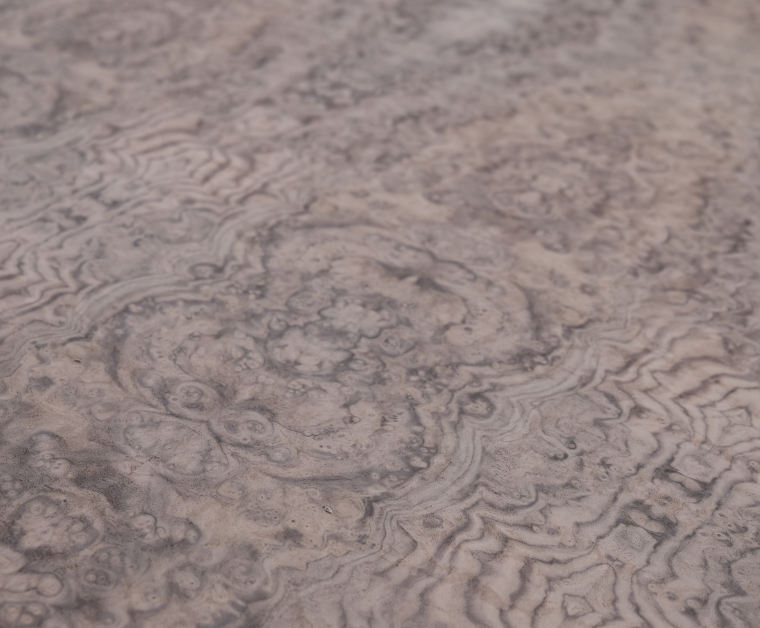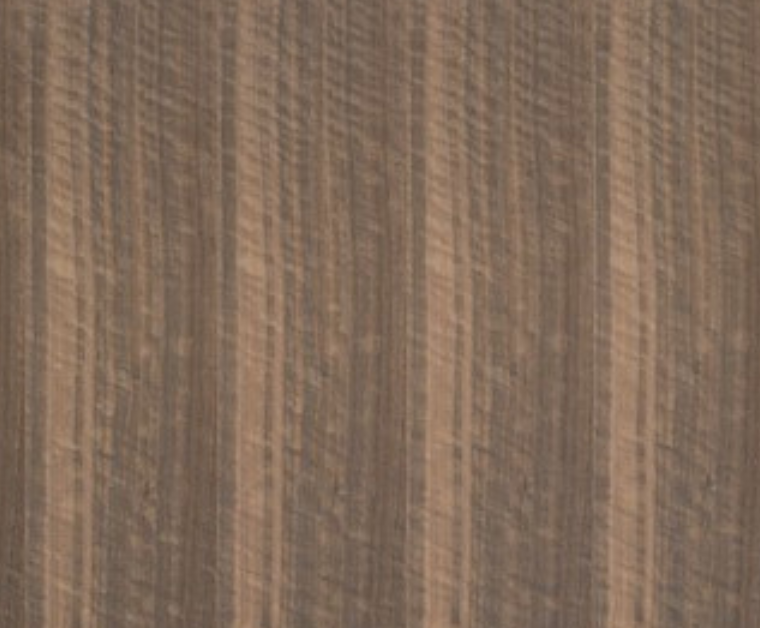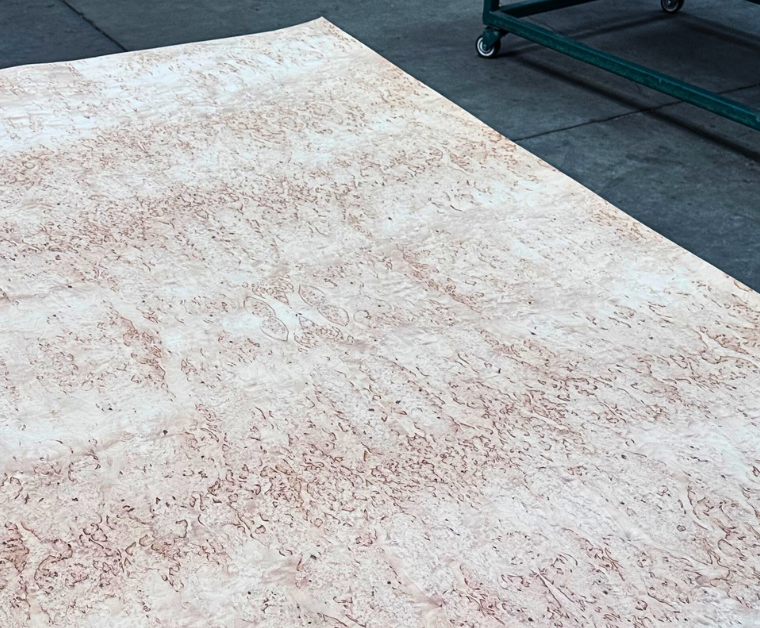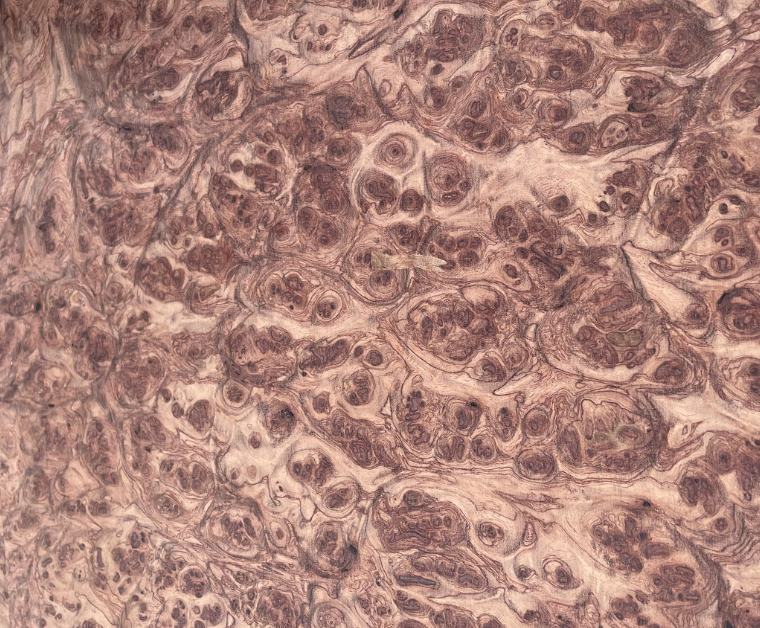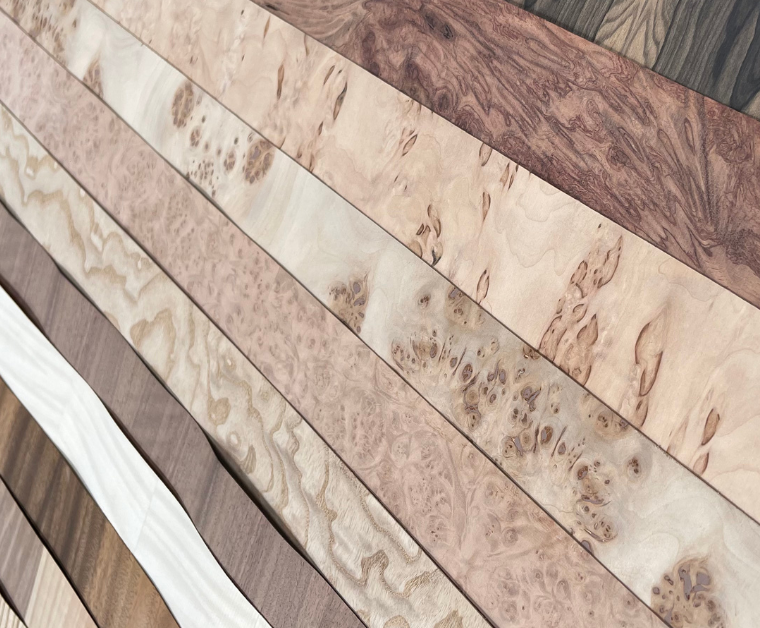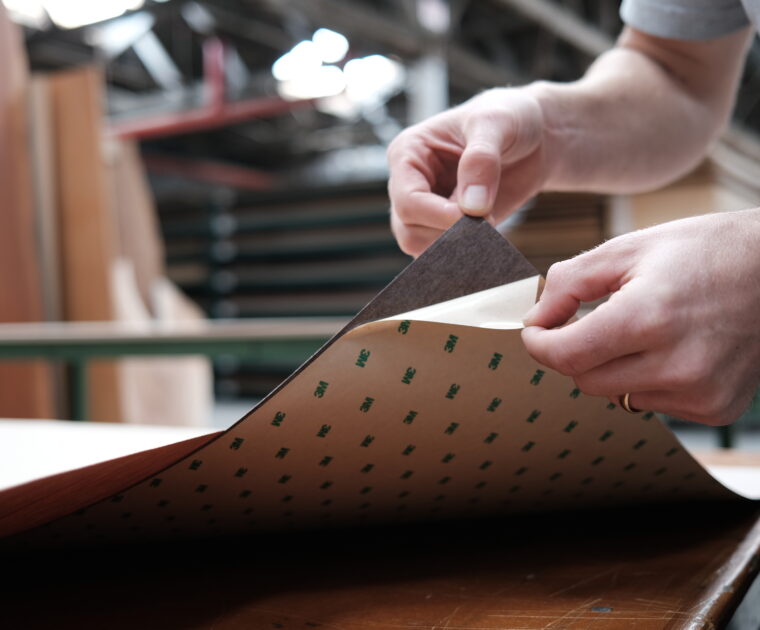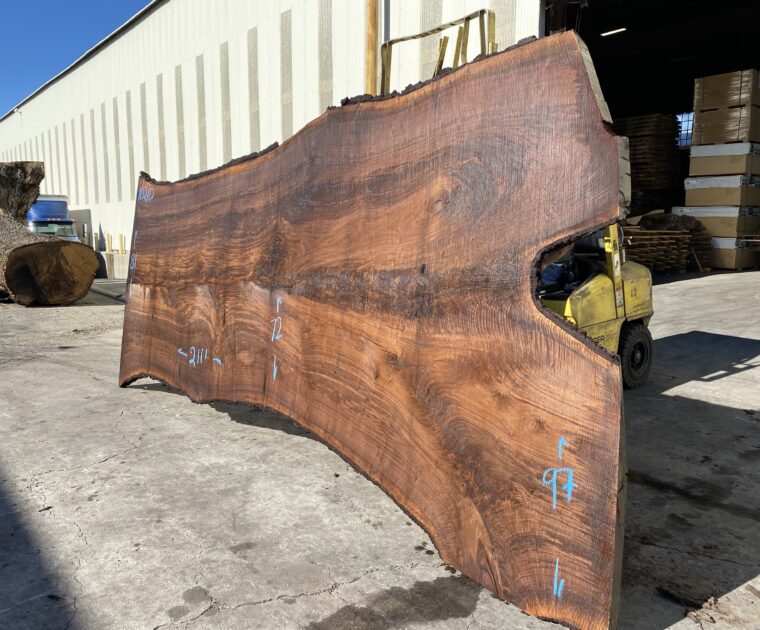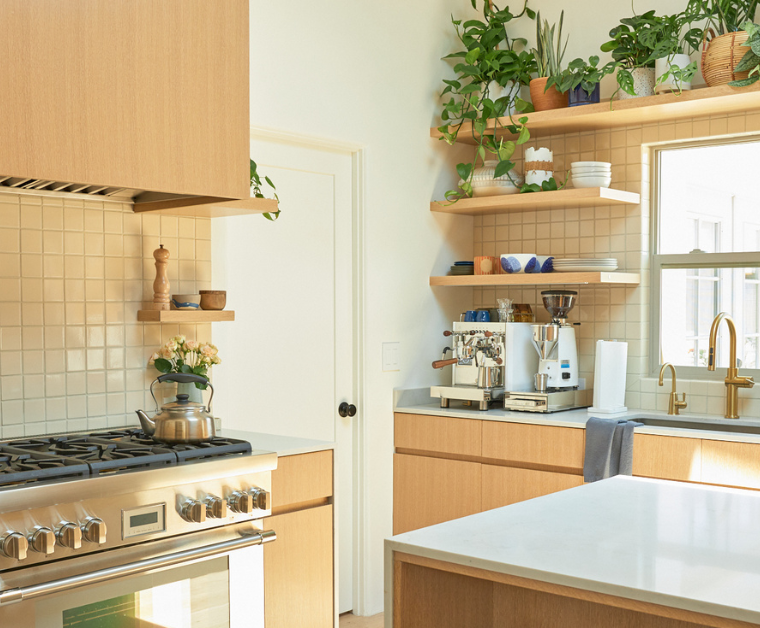Our Perspective on Cottonwood Slabs
At GL Veneer, we have been offering cottonwood slabs for years because we recognize the versatility and beauty this wood species can bring. We hold it in high regard, and acknowledge that cottonwood is the subject of divided opinions among woodworkers and designers.
The mixed feelings surrounding this wood species arise from its ability to exhibit vastly different characteristics depending on its origin. Cottonwood can appear plain and devoid of distinctive wood grain or beauty in many regions where it naturally grows.
For some in the woodworking community, it often finds itself at the bottom of the pecking order compared to other wood slabs. It is occasionally disregarded due to its less-than-favorable reputation. However, it’s important to note how remarkably different the figure and size is of cottonwood from california. Let’s dive into these details below.
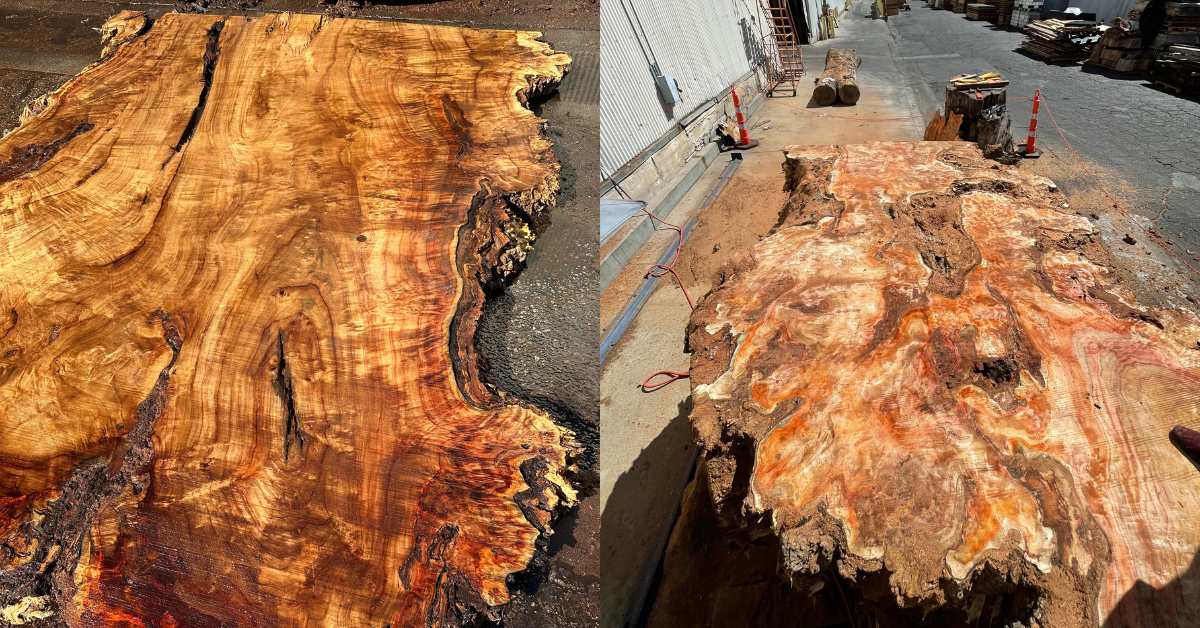
The Historical Significance of Cottonwood
Cottonwood trees (in the populus family), are one of 25 species found across diverse landscapes from the Himalayas to the plateaus of Chile and the United States, have played significant roles throughout history. Lewis and Clark famously crafted their canoes from cottonwood, early American settlers planted them as windbreaks, and the Mohave Indians utilized the inner bark for medicinal purposes.
Thriving in moist, well-drained soil near water bodies, cottonwood trees serve as a crucial wildlife habitat, especially in the western United States and Canada, making them an invaluable resource within their range.
Despite belonging to the poplar family, cottonwood has often been overlooked as a low-value hardwood, traditionally used for inexpensive commercial products such as shelving, crates, and children’s toys. However, perceptions within the woodworking community have shifted in recent years, with high-quality cottonwood now being cherished for its aesthetic appeal and natural sheen.
The Unique Attributes of California Cottonwood
As previously mentioned, most regions where cottonwood grows in the United States tend to produce wood with plain color and grain patterns. However, an extraordinary pocket exists in Central California, where cottonwood trees thrive in river beds, absorbing a rich mineral content from the soil. The outcome is truly remarkable—a forest of towering trees displaying a kaleidoscope of vivid colors that can leave you in awe.
Inside these California cottonwood trees, you’ll discover a rich reddish-brown heartwood with contrasting lighter-colored sapwood. The live edge on cottonwood burls offers the perfect canvas for creating epoxy resin tables, where the stunning burl patterns are preserved within the resin, making a captivating display of nature’s artistry.
The “Cottonwood of Europe” – A.K.A Mappa Burl
What if we told you that on the other side of the Atlantic, there exists a tree that could be considered the “cottonwood of Europe”? Meet Mappa Burl, a remarkable tree species that shares many of the qualities that make cottonwood so beloved. Mappa Burl, the European cousin of Cottonwood Burl, thrives along streams, rivers, and lowland areas of Eastern Europe.
Mappa Burl, similar to cottonwood, boasts a distinct grain pattern, albeit with a lighter color palette. Its grain pattern is characterized by a unique and recognizable burl pattern. Unlike the classic cottonwood burl’s earthy tones, Mappa Burl tends to showcase hues ranging from white to golden yellow. Despite the difference in color, Mappa Burl shares many of the same attributes that make cottonwood burl so highly regarded, offering a captivating twist on the familiar.
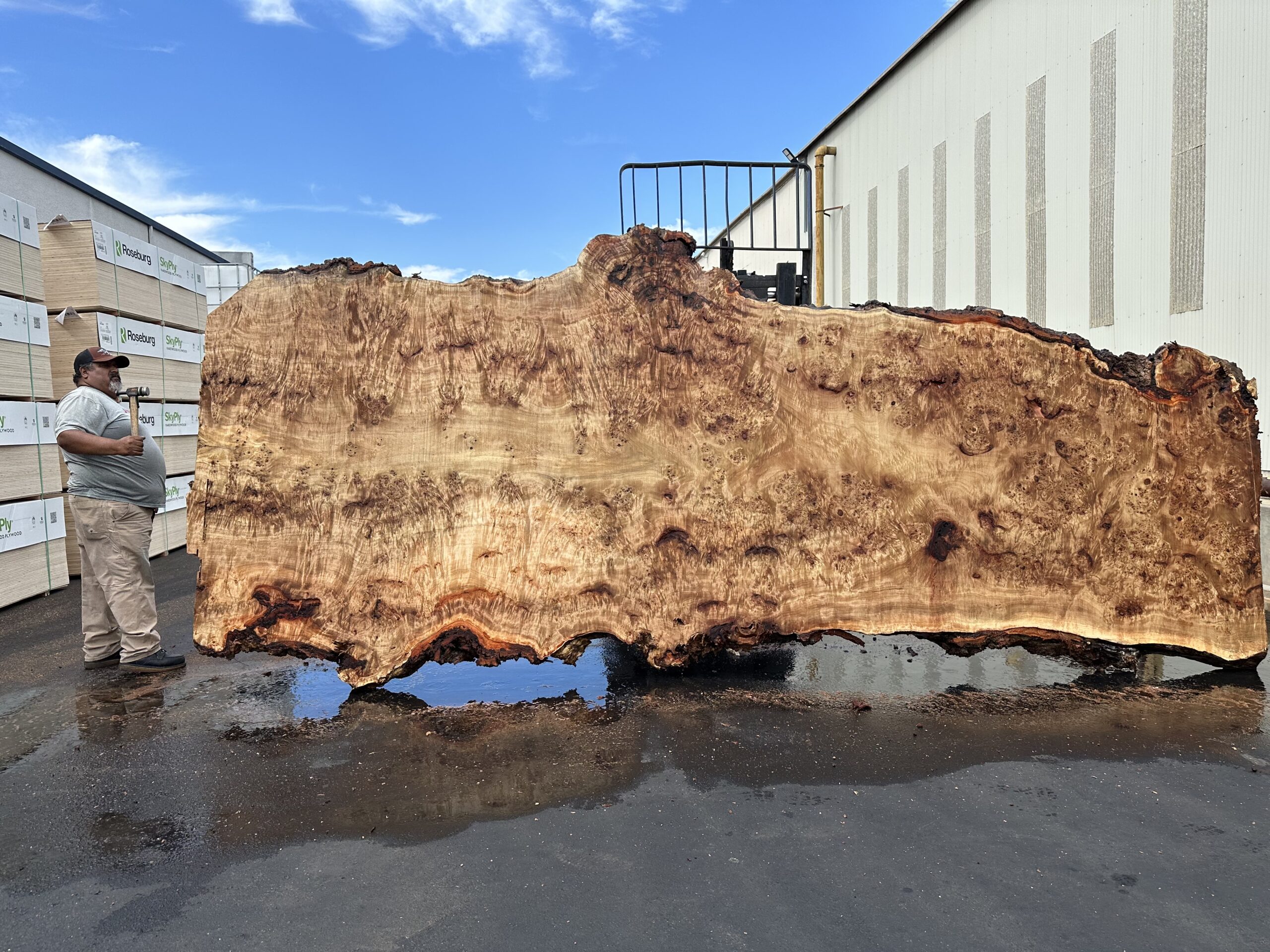
Our Extensive Cottonwood Slab Inventory
We take pride in maintaining a substantial inventory of cottonwood slabs, ensuring you have access to a wide selection of this unique wood species.
Creating a Cottonwood Slab Table
One exceptional way to showcase the beauty of species like cottonwood burl is by crafting epoxy resin tables, as exemplified by King Fisher Woodworks. This species possesses a natural sheen and rich appearance and allows for exploring creative design elements that can truly set your projects apart.
Cottonwood Burl Slabs Available for Sale
With the increasing popularity of live edge furniture made from this species, cottonwood slabs can be found in sawmills across the country. However, it’s crucial to source your wood carefully, as not all suppliers take the same care in drying their slabs. Proper drying is essential to avoid future problems for your projects and clients.
We invite you to visit our online slab showroom if you’re considering Cottonwood Burl for your next project. Here, you can explore nearly 40 project-ready slabs and browse through hundreds of other air and kiln-dried slabs to find the perfect fit for your woodworking endeavors.





